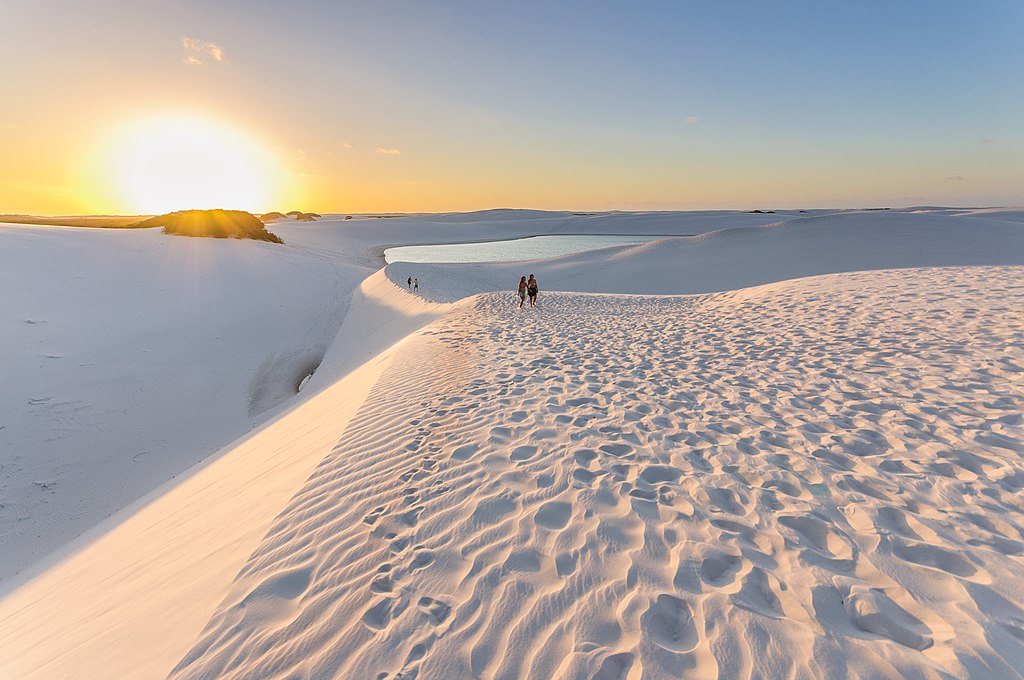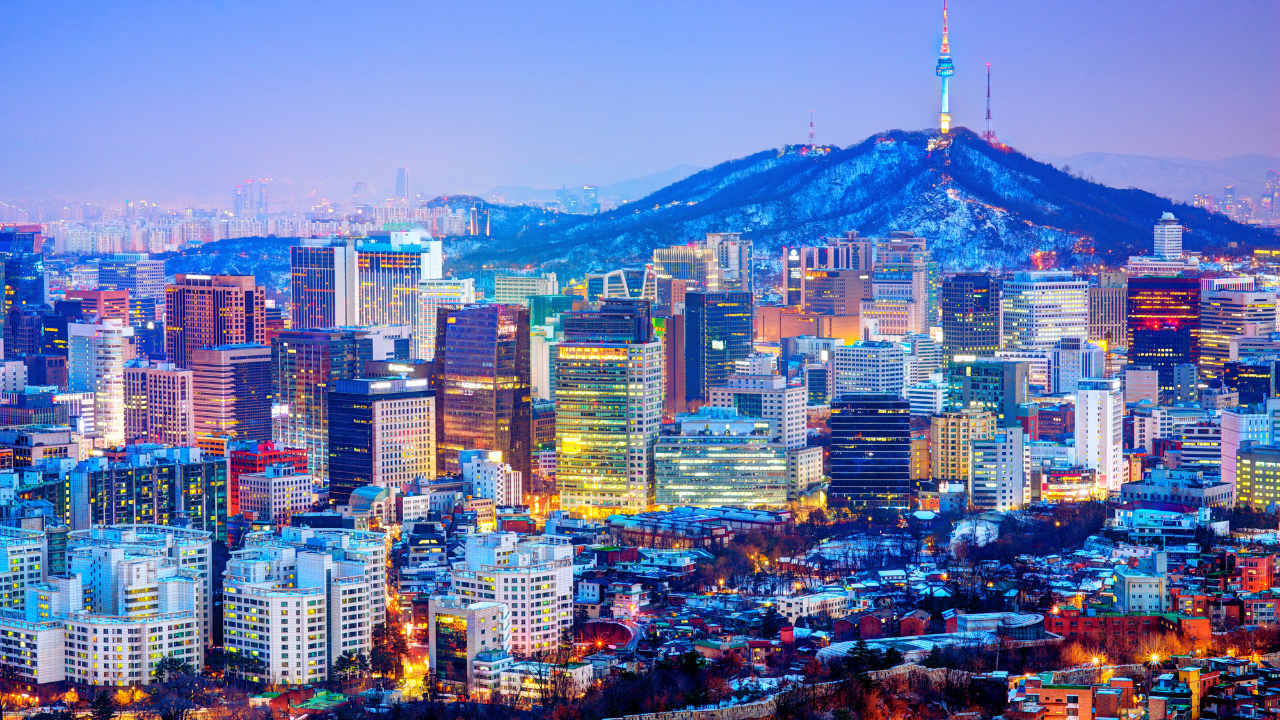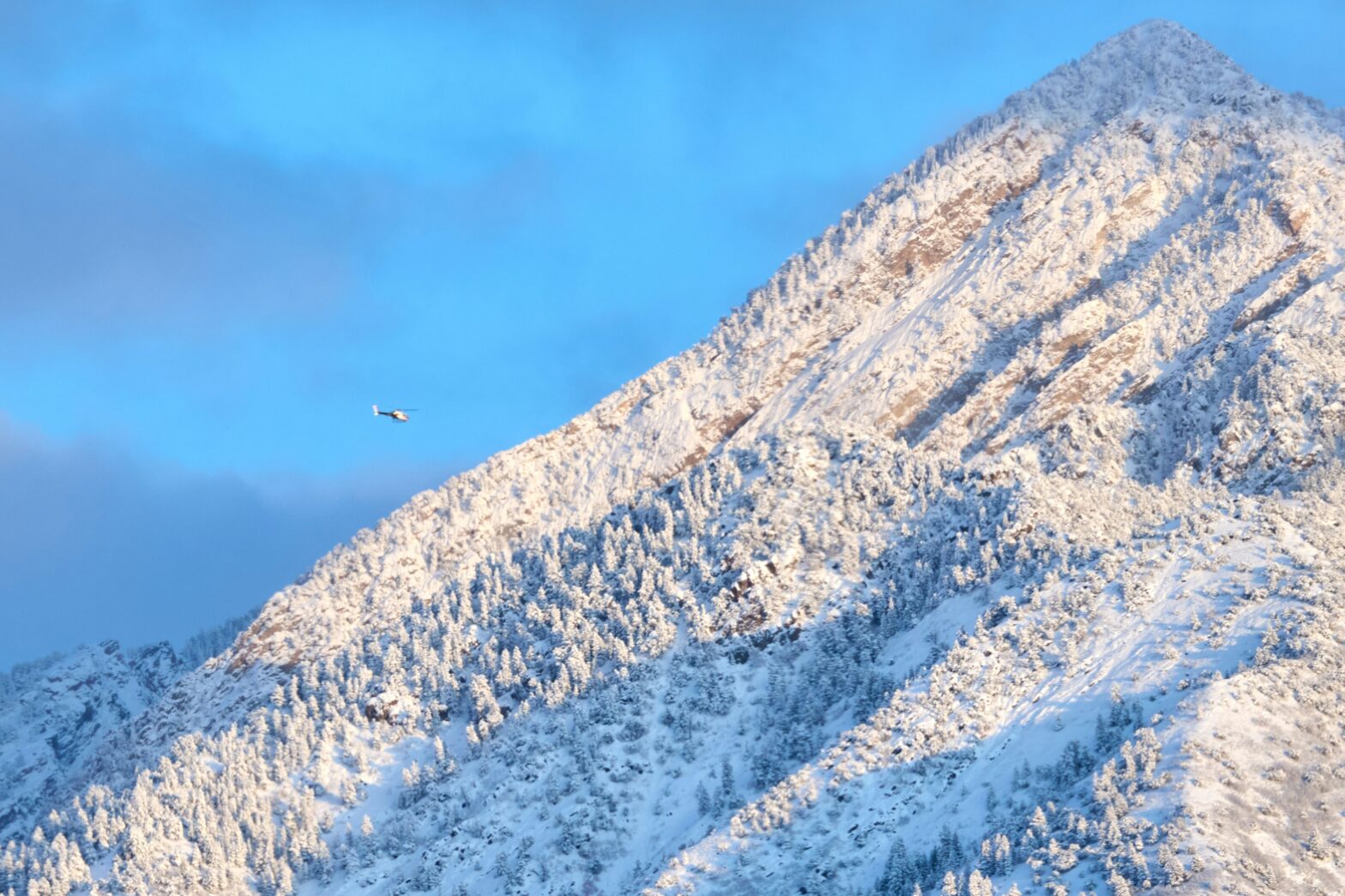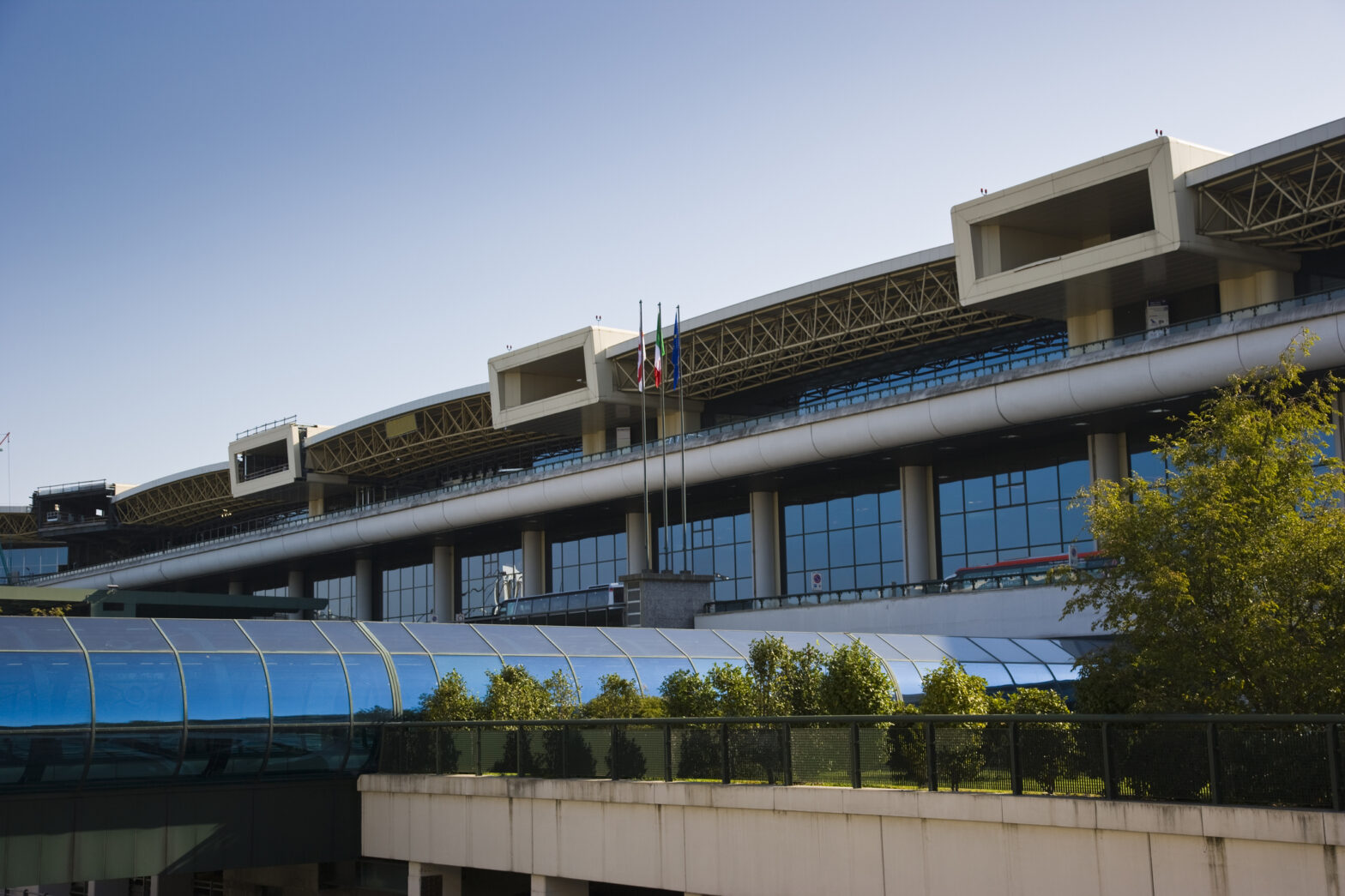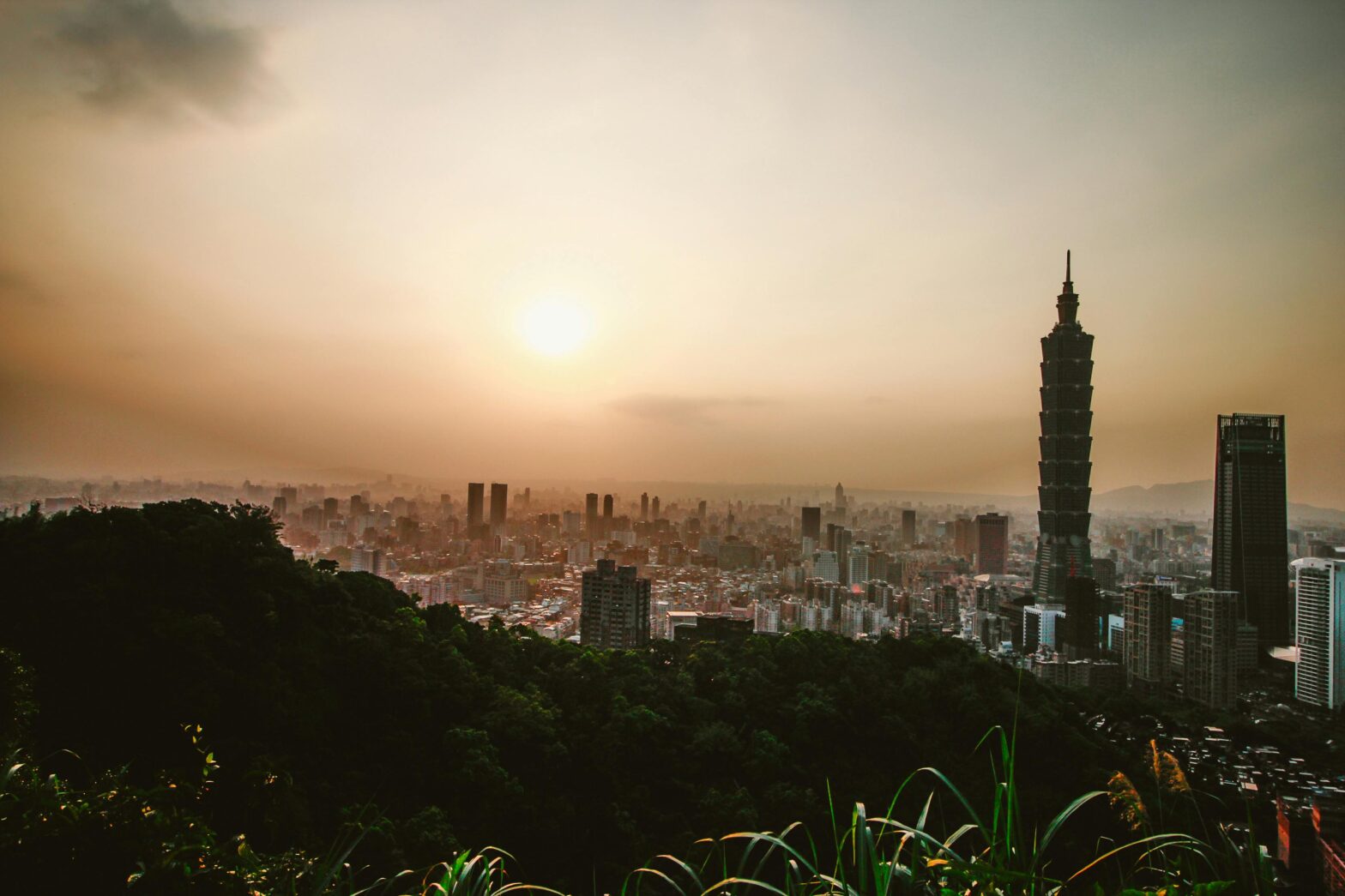Have you ever tried visiting sand dunes? Sand dunes are a unique, natural phenomenon that offer a thrilling experience for those who love adventure and nature. The mesmerizing beauty of the undulating sand formations and the vast expanse of desert landscape make it a must-visit destination for travelers seeking something different.
Some of the best places for sand dunes tourism include the Sahara Desert in Morocco, Sossusvlei in Namibia, and the Great Sand Dunes National Park in Colorado, USA. These destinations offer unique experiences and stunning landscapes for travelers to explore.
Travelers can enjoy a variety of activities such as camel riding, sandboarding, and stargazing in the Sahara Desert and Sossusvlei. The Great Sand Dunes National Park offers hiking trails, wildlife viewing, and camping opportunities for visitors.
Travel Noire has prepared a list of the world’s most beautiful sand dunes for travel enthusiasts to explore and experience the unique beauty of these natural wonders.
Sossusvlei Dunes, Namibia
These dunes are located in the Namib Desert and are known for their towering red sand dunes that rise over 1,000 feet tall. The dunes are believed to be the oldest in the world, with some dating back over 5 million years. The area is also home to a variety of unique desert-adapted wildlife, including oryx and springbok. Visitors can enjoy guided tours to observe these animals in their natural habitat and learn about the conservation efforts being made to protect them from extinction.
Erg Chebbi Dunes, Morocco
The Erg Chebbi Dunes in southeastern Morocco near Merzouga are stunning. These Sahara Desert dunes are known for their 500-foot-tall, 30-mile-long sand dunes. The wind shapes the fine-grained, golden sand dunes. Camel treks across the Erg Chebbi Dunes are popular with tourists.
The sunrise and sunset over the dunes are breathtaking, and visitors can ride camels through them. Many desert campsites let visitors experience the desert lifestyle. Many of these campsites have tents or cabins with comfortable beds and serve Moroccan food, music, and entertainment. Sandboarding, quad biking, and 4×4 desert tours complement camel trekking and camping. Nearby villages offer Berber culture and handicrafts.
Morocco’s Erg Chebbi Dunes offer a unique and unforgettable desert experience.
Great Sand Dunes National Park, Colorado, USA
North America’s tallest sand dunes are in southern Colorado’s Great Sand Dunes National Park. The park has 750-foot (229-meter) dunes and covers 107,000 acres (43,000 hectares).
The Sangre de Cristo Mountains to the east and the San Juan Mountains to the west surrounded the dunes as they developed over thousands of years. Sand blown there created the dunes in the Sangre de Cristo Mountains.
Great Sand Dunes National Park offers camping, hiking, sandboarding, and sledding. Medano Creek cools the park’s desert heat seasonally. Its diverse ecosystem makes Great Sand Dunes National Park famous.
The park has diverse plant and animal life in alpine tundra, montane forest, high desert, and wetlands. Visitors may see mule deer, black bears, bighorn sheep, birds, and other wildlife. Great Sand Dunes National Park is a must-see for nature lovers and adventurers.
Lençóis Maranhenses National Park, Brazil
Maranhão’s Lençóis Maranhenses National Park is northeastern Brazil’s protected area. The park’s massive white sand dunes and crystal-clear lagoons cover 580 square miles. The rippled sand dunes resemble crumpled bedsheets, hence the name Lençóis Maranhenses. The park has a rainy season from January to June.
Lagoons fill with water, creating a surreal landscape. Caimans, monkeys, and birds live in the park. Fish and invertebrates, some of which are unique, live in the lagoons. Lençóis Maranhenses National Park visitors can walk or ride dune buggies through the sand dunes and lagoons. Clear lagoon water makes swimming a popular activity.
Walking trails and viewing platforms offer stunning views of the dunes and lagoons in the park. Lençóis Maranhenses National Park has a surreal landscape unlike any other. Nature lovers and adventurers who want to see Brazil’s natural beauty and diversity should visit it.
Salar de Uyuni, Bolivia
Bolivia’s Salar de Uyuni is the world’s largest salt flat. The 4,000-square-mile salt flat is 12,000 feet above sea level. Salar de Uyuni’s surreal landscape resembles a giant mirror. The water during rainy season (November to March) covers the salt flats in a thin layer of water, reflecting the sky. This creates a surreal and mesmerizing effect that draws international visitors. Salar de Uyuni has lithium, potassium, and magnesium in addition to its beauty. Bolivia’s export revenue comes from the salt flats’ minerals.
Salar de Uyuni visitors can walk, bike, or take a 4×4 tour of the salt flats. Many tours visit the Train Cemetery, Incahuasi Island, and the Bolivian Altiplano’s colorful lagoons. Salar de Uyuni is an unforgettable destination with a unique landscape and culture. South American nature lovers must visit it.
Pyla Dune, France
Pyla Dune is on the Atlantic coast near La Teste-de-Buch in Aquitaine, southwestern France. The 1.5-mile-long, 500-yard-wide European sand dune is 354 feet tall. Wind and tides shape the fine quartz sand dune, creating a dynamic landscape. Sea buckthorn, marram grass, and many bird species live on Pyla Dune. Pyla Dune draws thousands of tourists annually.
Climb the dune for breathtaking views of the ocean, forests, and Arcachon Bay. The nearby beaches, with their clear waters and fine white sand, are popular for swimming and sunbathing. Pyla Dune is culturally significant and beautiful. The Hundred Years’ War battles and invasions on the dune are a source of national pride for many French people.
Pyla Dune is a remarkable place to experience nature’s beauty and power. For unique French experiences, it is a must-see.
Rub’ al Khali (Empty Quarter), Saudi Arabia
The Arabian Peninsula’s Rub’ al Khali desert, also known as the Empty Quarter, covers 250,000 square miles. Saudi Arabia, Oman, Yemen, and the UAE share the desert. The world’s largest sand desert, the Rub’ al Khali, has 800-ft sand dunes. Extreme heat is common in the region, with daytime temperatures exceeding 120°F and nighttime temperatures below freezing. Desert hyenas, snakes, and lizards live in the Rub’ al Khali despite its harsh climate. Bedouin nomads have raised livestock and traded in the desert for centuries.
In the 1990s, archeologists rediscovered the ancient city of Ubar in the Rub’ al Khali. Oil fields in the region have boosted neighboring economies. Adventure travelers flock to the Rub’ al Khali to explore its remote and inhospitable terrain.
Visitors looking for an adventure can try camel treks, dune bashing, and sandboarding.
